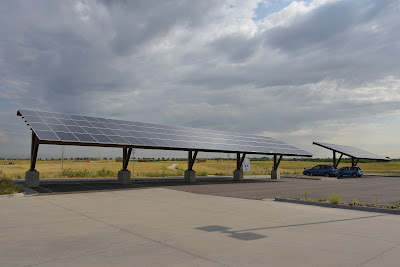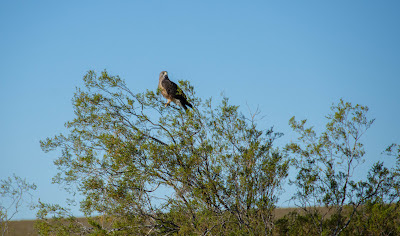Calculating the Many Benefits of Distributed Generation

"Renewable distributed generation (“DG”) has benefits to society that cannot be measured on utility balance sheets." That is the bottom line of an extensive white paper submitted by the Sierra Club to the California Public Utilities Commission (CPUC), the regulatory body that is currently deciding whether rooftop solar will continue to expand in California or be buried by monopolistic utility companies seeking to continue a destructive status quo. The CPUC will decide by the end of the year how much the energy generated by a rooftop solar installation is worth under net-metering, and it has solicited proposals from stakeholders regarding how to determine this value. If you live or work in a home with solar panels on the roof, or if you have purchased shares in a community solar project because you don't own the roof over your head, the utility companies currently credit you at the retail rate of electricity for every kilowatt-hour (kWh) that your solar panels gene...









